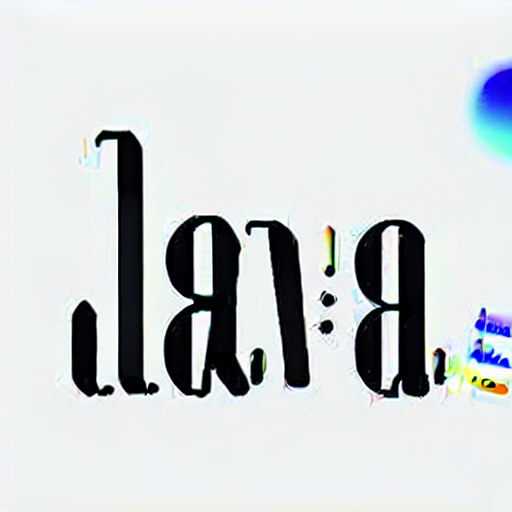Java类库中使用'Serial'框架进行数据序列化的方法

Java类库中使用'Serial'框架进行数据序列化的方法
介绍:
在Java类库中,可以使用'Serial'框架来进行数据序列化操作。数据序列化是将对象转换成字节流的过程,可以用于对象的存储、传输或持久化等操作。Java的'Serial'框架提供了一种简单而强大的方式来序列化和反序列化对象,使得操作更加方便和高效。
使用'Serial'框架进行数据序列化的步骤如下:
1. 定义需要序列化的类
首先,需要定义一个需要序列化的类。这个类需要实现'Serializable'接口,该接口是Java标准类库中提供的一个标记接口,用于表示一个类的实例可以被序列化。
示例代码:
import java.io.Serializable;
public class Student implements Serializable {
private String name;
private int age;
// 构造函数
public Student(String name, int age) {
this.name = name;
this.age = age;
}
// getter和setter方法
// ...
}
在上述示例代码中,定义了一个'Student'类,该类实现了'Serializable'接口并包含了name和age两个属性。
2. 进行序列化
要进行数据序列化操作,需要使用Java的序列化流。可以使用对象输出流(ObjectOutputStream)将对象转换为字节流,并将其写入到文件或网络中。
示例代码:
import java.io.FileOutputStream;
import java.io.ObjectOutputStream;
public class SerializationExample {
public static void main(String[] args) {
Student student = new Student("张三", 20);
try {
FileOutputStream fileOut = new FileOutputStream("student.ser");
ObjectOutputStream out = new ObjectOutputStream(fileOut);
out.writeObject(student);
out.close();
fileOut.close();
System.out.println("对象已被序列化并保存到 'student.ser' 文件中。");
} catch (Exception e) {
e.printStackTrace();
}
}
}
在上述示例代码中,创建了一个'Student'对象,并使用对象输出流将其序列化为字节流。将字节流写入到名为'student.ser'的文件中。
3. 进行反序列化
要进行反序列化操作,需要使用Java的反序列化流。可以使用对象输入流(ObjectInputStream)将字节流转换为对象,并进行相关操作。
示例代码:
import java.io.FileInputStream;
import java.io.ObjectInputStream;
public class DeserializationExample {
public static void main(String[] args) {
Student student = null;
try {
FileInputStream fileIn = new FileInputStream("student.ser");
ObjectInputStream in = new ObjectInputStream(fileIn);
student = (Student) in.readObject();
in.close();
fileIn.close();
} catch (Exception e) {
e.printStackTrace();
}
// 对反序列化后的对象进行操作
if (student != null) {
System.out.println("姓名:" + student.getName());
System.out.println("年龄:" + student.getAge());
}
}
}
在上述示例代码中,使用对象输入流将之前序列化的字节流从文件中读取出来,并将其反序列化为'Student'对象。最后,对反序列化后的对象进行相关操作。
总结:
通过Java类库中的'Serial'框架,可以轻松实现数据的序列化和反序列化操作。只需定义需要序列化的类实现'Serializable'接口,并使用对象输入输出流进行相应的序列化和反序列化操作即可。这种方式方便快捷,适用于对象的存储、传输和持久化等各种场景。
